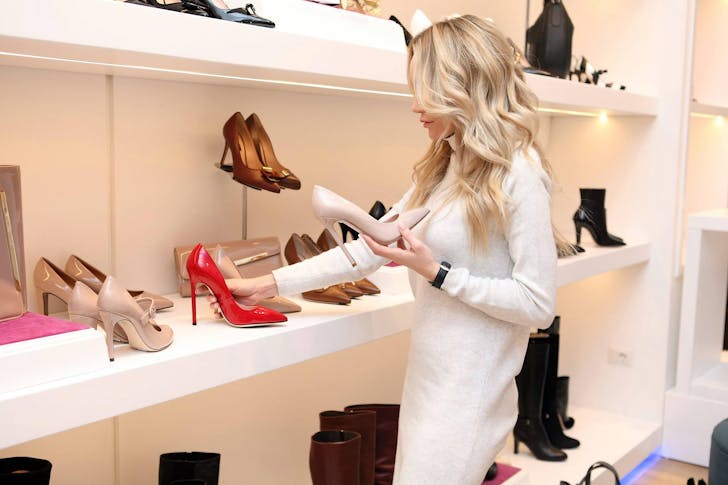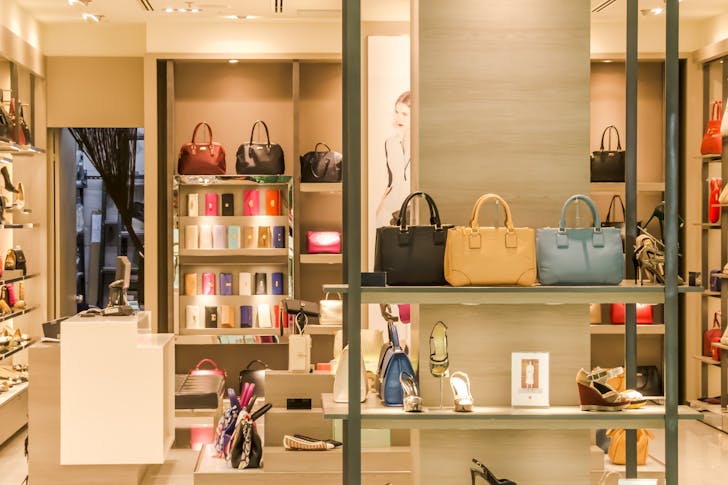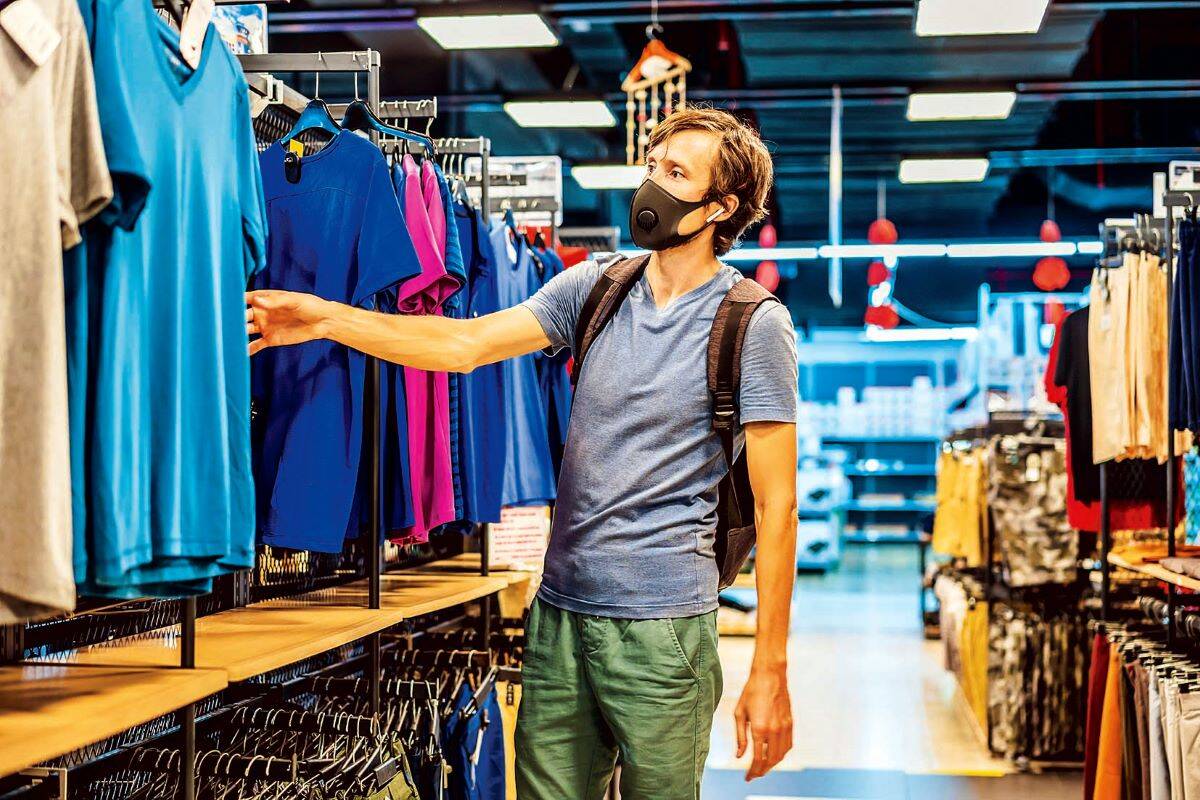Fashion moves fast, but tariffs barely slow it down. Recent tariffs on Chinese imports aimed to curb brands like Shein and Temu, and for a moment, sales dipped. Yet within months, these brands simply shifted production to other low-cost hubs like Vietnam, Cambodia, and the Philippines. The system stayed intact; only the map changed.
These brands are quick on their feet and fiercely global, so tariffs do not push them to reform. Instead, they search for cheaper factories, weaker labor laws, and faster output. The result is not better practices, but deeper cost-cutting measures.
Workers in these new locations often face lower pay and unsafe conditions, as factories scramble to meet tight margins.
Tariffs Hit Workers, NOT Brands
Fashion giants know how to sidestep rules and keep profits climbing. Tariffs were meant to pressure them, but they pressure workers instead. Instead of raising standards, many factories cut corners, ignoring safety codes and squeezing wages even more. This cycle keeps cheap clothes flowing, but it comes at a steep human cost.

Alex / Pexels / Sustainable fashion brands feel the weight of tariffs more than the giants do. These smaller players already run on thin margins because they source materials ethically and pay fair wages.
Tariffs squeeze them harder, making their products less competitive and slowing their growth. The very brands trying to change the industry end up paying the price.
The bigger picture is even darker. The fashion industry remains one of the top polluters on the planet. It is responsible for about 10 percent of global carbon emissions. It guzzles water at shocking rates, with a single cotton T-shirt requiring around 2,700 liters. Tariffs do nothing to stop this environmental strain.
Microplastics from synthetic fabrics like polyester keep seeping into rivers and oceans. Toxic dyes run off into waterways, poisoning fish and soil. Tariffs do not clean rivers or stop microplastics from spreading.
They do not fix a system built on disposable trends and mass overproduction.
Weak Laws Undermine Progress
Even proposed laws in the U.S. and EU meant to hold brands accountable have been watered down. That leaves fast fashion free to keep cutting costs wherever they can. They chase the cheapest labor and weakest regulations, shifting production lines as needed. Tariffs do not challenge this model; they just redirect it.

Pila / Pexels / To really change fast fashion, we need stronger global standards, not mindless tariffs.
The government must enforce labor laws and environmental protections with real penalties. Brands must invest in better materials and cleaner production. Tariffs alone will never spark that shift.
Real progress starts when governments, companies, and shoppers demand better. Buying less and choosing secondhand helps, but it is not enough. We need strict rules that apply everywhere, not just in one region. We need cooperation that closes loopholes and lifts standards.
Fast fashion is not going to slow down on its own. It thrives on overproduction and quick trends, and tariffs only push it sideways, not forward. Until we rewrite the rules, the cycle of waste and exploitation will roll on. It is time to stop looking at tariffs as a solution and start building a fair, sustainable future that works for everyone.





